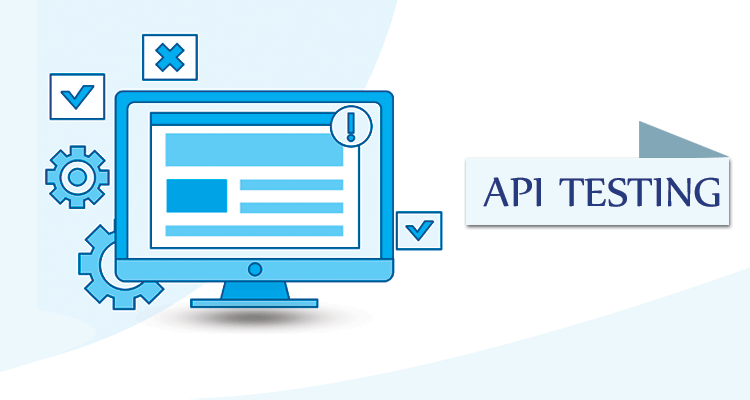API TESTING

At its most fundamental level, API testing is purposeful to release bugs: unpredictability or variations from the expected functioning. Continuous testing is also very significant to make sure it continues to work when the public has access to it. The threat of putting a bad, and potentially insecure, product on the market is greater than the cost to test it.
API testing is one of the most demanding parts of the series of software and QA testing because it works to assure that our digital lives run in a progressively flawless and well organized manner.
While developers tend to test only the functionalities they are working on, testers are in charge of testing both individual functionalities and a series or chain of functionalities, finding how they work together from end to end.
APIs are what gives value to an application. It’s what makes our phones “smart”, and it’s what streamline business processes. If an API doesn’t work efficiently and effectively, it will never be adopted, in spite if it is a free or not. Also, if an API breaks because errors weren’t identified, there is the threat of not only breaking a single application, but a whole bond of business processes hinged to it.
Here are some of the most usual justifications people test their APIs:
- Make sure it does what it’s supposed to do.
- Make sure it can handle the load.
- Find all the way users can mess things up.
- Make sure your APIs work across devices, browsers, and operating systems.
Placing more attempt into API testing leads to a much beneficial end product. Certifying that all data entry (read and write) progress only through the API, notably rationalizes security and compliance testing and thereby certification, as there is only one interface.
Guarantee that all the required business rules are being imposed at the API tier permit time for much more complete user-experience tests once the UI is released, and not having to focus on testing every single business rule and path through the application near the conclusion of the project.
Spectrum Softtech Solutions Pvt Ltd, a leading IT Corp, provides an authorized testing training with a real time exposure. Through Spectrum you can achieve all the qualities needed for a Software tester by expertise yourself in our Live projects under health care and commerce domain sector. At spectrum we use POSTMAN for testing APIs of application. POSTMAN is very easy to use. It provides a collection of API calls, and one has to follow that collection of API calls for testing APIs of application.
How to do API Testing
API testing should cover at least following testing techniques apart from the usual SDLC process
- Discovery testing: The test group should manually execute the set of calls documented in the API like verifying that a specific resource exposed by the API can be listed, created and deleted as appropriate.
- Usability testing: Usability testing with API verifies whether the API is functional and user-friendly. And does API integrates well with another platform as well.
- Security testing: This testing includes what kind of authentication is required and whether sensitive data is encrypted over HTTP or both.
- Automated testing: API testing with automation should culminate in the creation of a set of scripts or a tool that can be used to execute the API systematically.
- Documentation: The test team has to make sure that the documentation is ample and provides enough information to interact with the API. Documentation should be a part of the final deliverable.
Best Practices For Doing API Testing:
- Test cases should be assembled by test category.
- On top of each test, you should include the statements of the APIs being called.
- Parameter selection should be clearly mentioned in the test case itself.
- Prioritize API function calls so that it will be easy for testers to test.
- Each test case should be as self-contained and independent from dependencies as possible.
- Special awareness must be taken while handling one-time call functions like – Delete, CloseWindow, etc…
- Call sequencing should be performed and well planned.
- To make sure complete test coverage, create test cases for all possible input combinations of the API.
Types of bugs we face when performing API testing:
- Stress, performance, and security issues.
- Duplicate or missing functionality.
- Reliability issues.
- Improper messaging.
- Incompatible error handling mechanism.
- Multi-threaded issues.
- Improper errors.
- Response Data is not structured correctly (JSON or XML).

